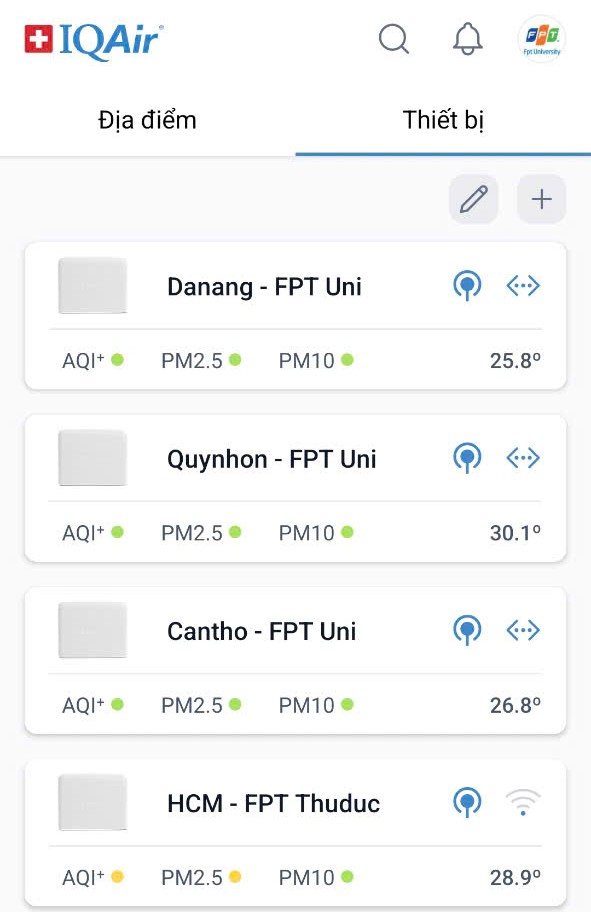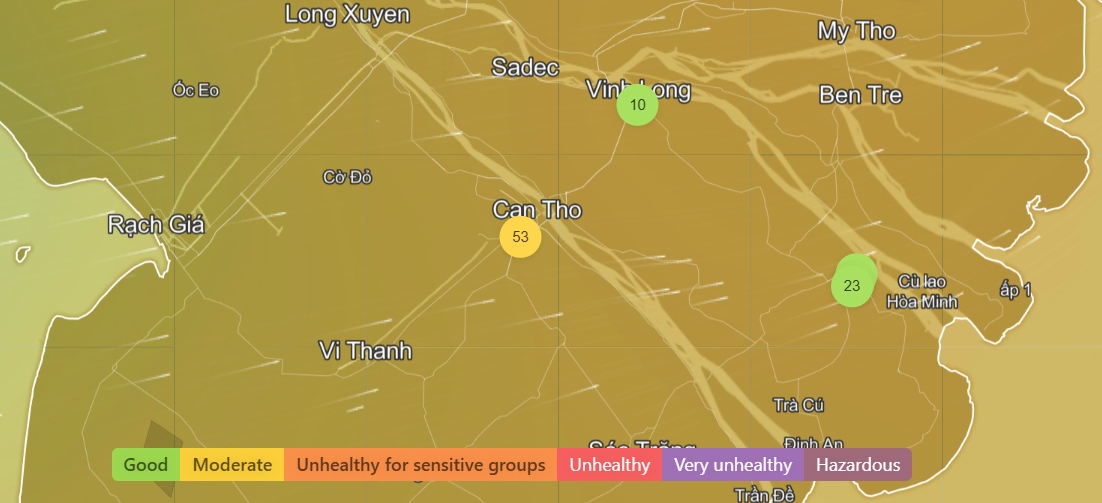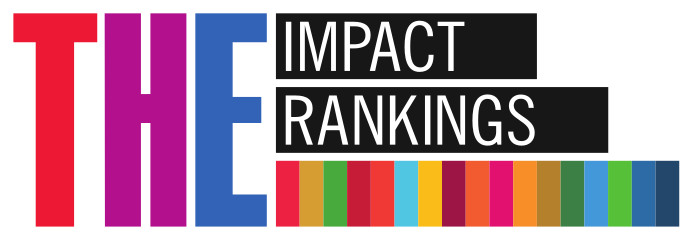On June 5, 2025, FPT University deployed its fourth air quality monitoring station at the Da Nang campus, following the stations already installed at the Ho Chi Minh City campus (March 9), the Can Tho campus (May 6), and the Quy Nhon campus (June 15).
These monitoring stations all use AIR VISUAL OUTDOOR (AVO) equipment from Switzerland and display seven real-time air quality indicators: fine dust PM1, PM2.5, PM10, temperature, air pressure, humidity, and the air quality index (AQI*). The devices automatically take average readings every 50–60 minutes.
All four stations are connected to the IQAIR global air quality network, sharing air quality data worldwide. FPT University has become the first university in Vietnam to join the IQAIR network, contributing data to climate models and supporting environmental protection and sustainable development.
 |
The image beside shows the display of measurement data from the four stations. The station names on IQAIR are: Danang – FPT Uni Quynhon – FPT Uni Cantho – FPT Uni HCM – FPT Thuduc |
Air quality data not only reflect the air quality on campus, but due to air convection, they also represent the air quality of the surrounding local area. Residents, businesses, factories, and managers can use this data to monitor air quality, identify fluctuation patterns and anomalies, and support efforts to reduce harmful emissions, helping to protect public health.

The trees at FPT University campuses is a distinctive feature that not only enhances the beauty of the campuses but also helps trap fine dust particles, keeping the campus air cleaner. Currently, there are over 8,000 mature trees across FPT University campuses, contributing to a reduction of 58 tons of CO2.

In addition to tree planting efforts, tens of thousands of FPT University students are actively joining hands to protect the environment and safeguard the city’s clean air. They are making practical contributions to reducing the city’s CO2 emissions by limiting the use of high-emission private vehicles and increasingly using the city’s metro system, public buses, and university buses.



